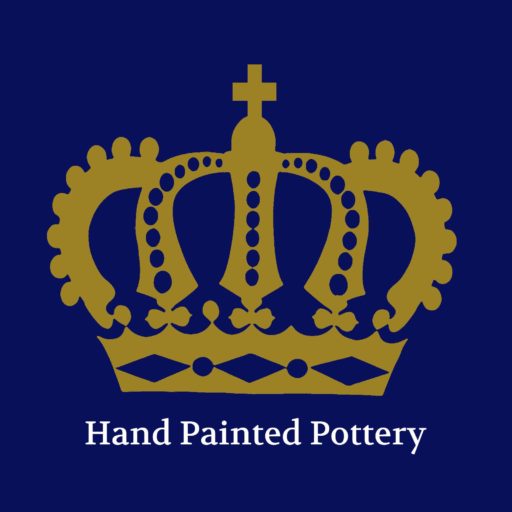Dear customers online sales have stopped for a week while we await new stock. Read about the production process | Free Shipping for all orders over £50
6 ceramic pottery picks with a rundown of their styles.
Leach Pottery
This style of pottery, called Leach pottery, is distinguished by its simple, purposeful designs and earthy glazes. The pottery is based on the designs of British studio potter Bernard Leach and is made using traditional methods. The emphasis of this style is on the inherent beauty of clay, and the shapes are often simple and utilitarian.
Raku Ceramics
Raku ceramics are distinguished by their cracked surface and metallic shine, the result of a special firing technique. Raku ware pottery, famous for its irregular designs and bright colours, is frequently used in traditional Japanese tea rituals.
Mid-Century Modern Pottery
The clean, geometric shapes and bright colours that define mid-century modern pottery are immediately recognisable. In the 1950s and 1960s, it rose to prominence thanks to its emphasis on bold colours and geometric forms. Recent architectural and design trends have had a significant impact on this style.
Tube-Lined Pottery
Tubelining Pottery is a technique of ceramic decoration that involves the use of a thin line of clay body that is squeezed through a nozzle onto the ware being decorated. This technique is also known as “slip trailing” and takes many years of training to master.
Folk Pottery
Traditional shapes and simple glazes are hallmarks of the folk pottery style. Folk pottery is frequently handcrafted and takes design cues from regional and cultural ceramic traditions. The rustic allure and simple utility of this style have made it popular.
Art Deco Pottery
Pottery made in the Art Deco style is easily identified by its sharp angles and bright hues. During the 1920s and 1930s, it gained popularity due to its emphasis on bold colour and geometric forms. This style takes cues from the art deco movement, which popularised the use of angular, geometric shapes.
